Explore the Best AI Image Gallery
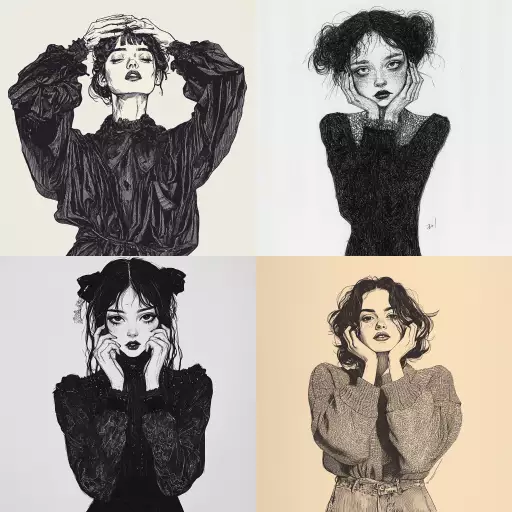
Blurring the Lines: AI-Generated Media and the Future of Creativity
The world of creativity is undergoing a profound transformation, fueled by the rapid advancements in artificial intelligence (AI). AI-generated media, from text and images to music and video, is no longer a futuristic concept but a tangible reality, raising both excitement and apprehension within the creative industry.
This blog post aims to navigate this complex terrain, exploring the potential uses of AI-generated media, its impact on various creative sectors, and the ethical considerations that demand careful attention.
The Rise of the Machines: Applications of AI-Generated Media
- Content Creation: AI algorithms can generate written content for articles, social media posts, marketing copy, and even fictional stories. This can alleviate the workload of writers and provide a quick way to produce large volumes of text.
- Visual Arts: AI tools can create original images, paintings, and illustrations in various styles. This opens up new avenues for artistic expression and allows individuals without formal training to explore their creative potential.
- Music Composition: AI can compose music in different genres and styles, generating melodies, harmonies, and even entire musical pieces. This has the potential to revolutionize the music industry, offering composers new tools and inspiring fresh sounds.
- Video Production: AI-powered software can generate short videos, animations, and special effects, making video creation more accessible and efficient for filmmakers and content creators.
Impact on the Creative Industry
The integration of AI-generated media into the creative industry presents both opportunities and challenges:
- Increased Efficiency: AI can automate repetitive tasks, freeing up creative professionals to focus on more complex and innovative aspects of their work.
- New Creative Possibilities: AI tools can unlock new artistic expressions and push the boundaries of creativity, enabling artists to experiment with unconventional ideas.
- Democratization of Creativity: AI-powered platforms can empower individuals without technical expertise to create high-quality content, fostering greater inclusivity in the creative landscape.
- Job Displacement: There are concerns that AI-generated media could automate certain creative roles, potentially leading to job losses in some sectors.
- Copyright and Ownership: The question of who owns the copyright to AI-generated content is complex and requires careful legal and ethical consideration.
Ethical Considerations: Navigating the Moral Maze
As AI-generated media becomes more prevalent, it is crucial to address the ethical implications:
- Bias and Fairness: AI algorithms are trained on vast datasets that can contain biases, which may be reflected in the generated content. It is essential to mitigate bias and ensure fairness in AI-powered creative tools.
- Transparency and Accountability: The decision-making processes of AI algorithms should be transparent and accountable. Users should understand how AI generates content and who is responsible for its outputs.
- Authenticity and Originality: It is important to distinguish between human-created and AI-generated content. Misrepresenting AI-generated work as original can deceive audiences and undermine the value of human creativity.
- Impact on Human Creativity: AI should be seen as a tool to enhance, not replace, human creativity. It is essential to foster a balance where AI empowers artists while preserving the unique qualities of human expression.
Future Trends: Shaping the Landscape of Creativity
The evolution of AI-generated media is rapidly progressing, with several emerging trends shaping the future:
- Increased Personalization: AI will enable the creation of highly personalized content tailored to individual preferences and needs.
- Immersive Experiences: AI can enhance virtual reality (VR) and augmented reality (AR) experiences, creating more interactive and engaging creative environments.
- **Collaboration Between Humans and AI:** The future likely holds a collaborative approach where humans and AI work together to generate innovative content, leveraging the strengths of both.
Conclusion
AI-generated media is poised to revolutionize the creative industry, offering exciting possibilities while presenting complex ethical challenges. By embracing responsible development and addressing concerns surrounding bias, transparency, and authenticity, we can harness the power of AI to foster a more inclusive and innovative creative future.



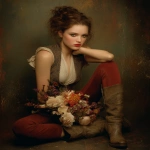
](https://images.ai-img.art/thumbnails/150/efd8a9ad06ef2c72e3378698ad5e592d3d2bf8eff85c25e75db7c9902c7be353.webp)
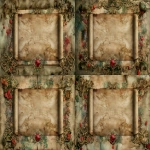
](https://images.ai-img.art/thumbnails/150/031692dcf8fbf869092e8cea50f9411a45dadc1f189ea67b8dece8e02952a7e3.webp)
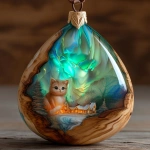
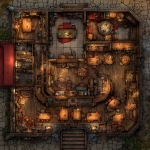



](https://images.ai-img.art/thumbnails/150/7599c9e7507c77a975081d554947c9dea123e678a7ece42d30f571f639620598.webp)